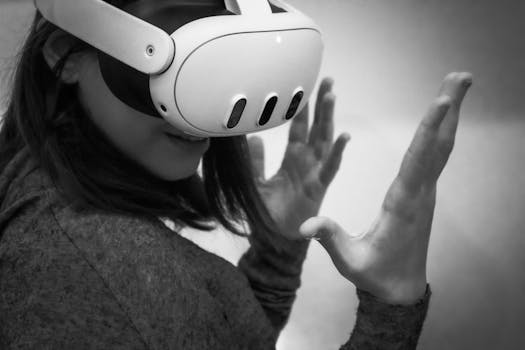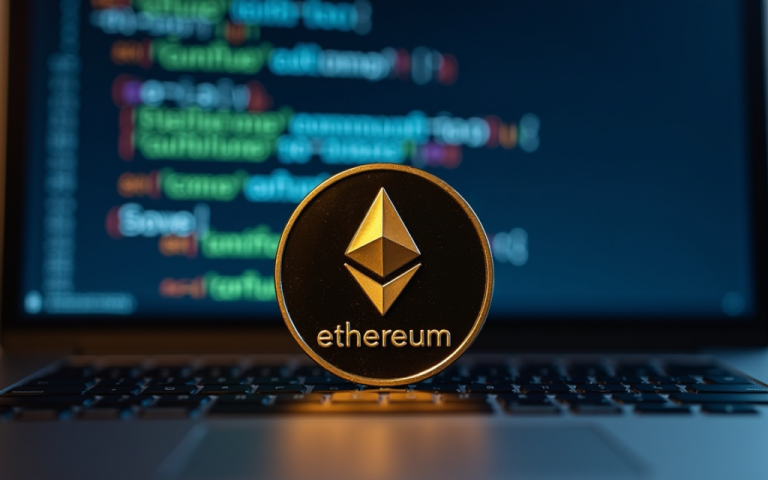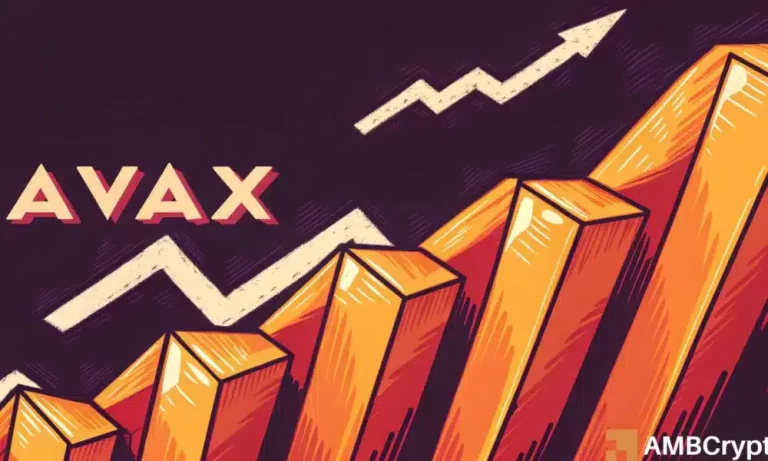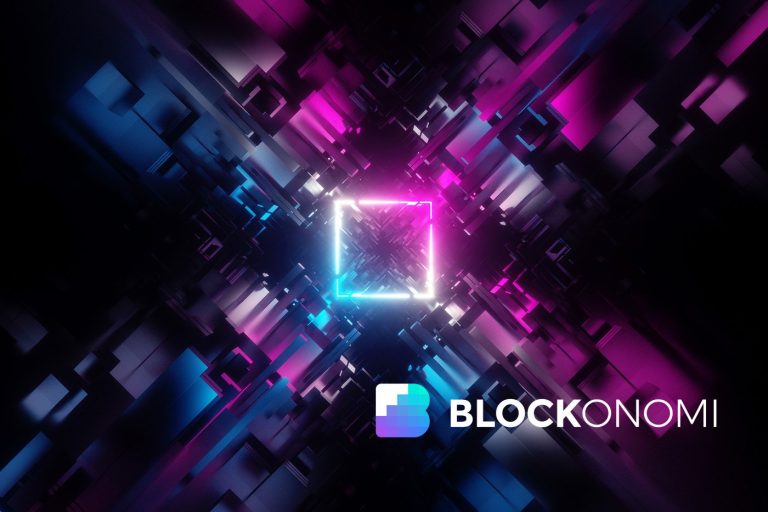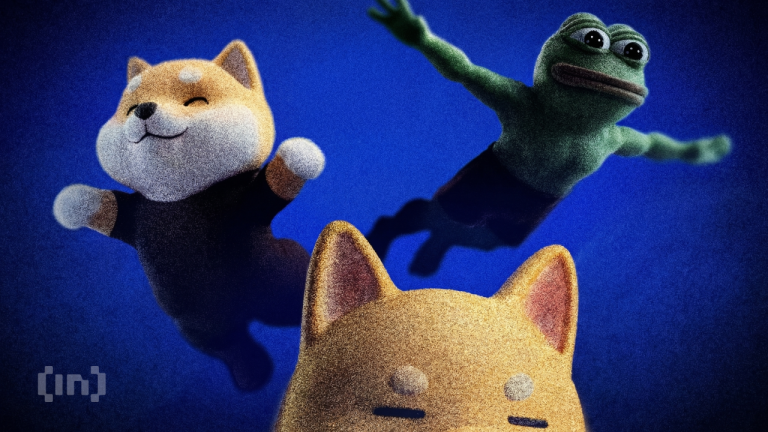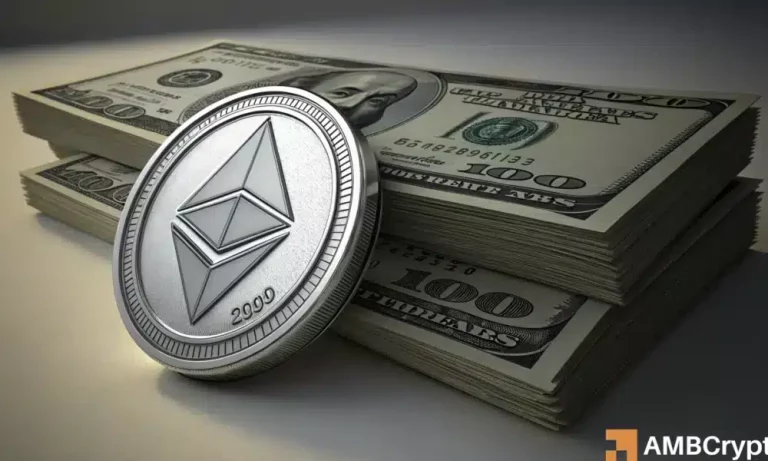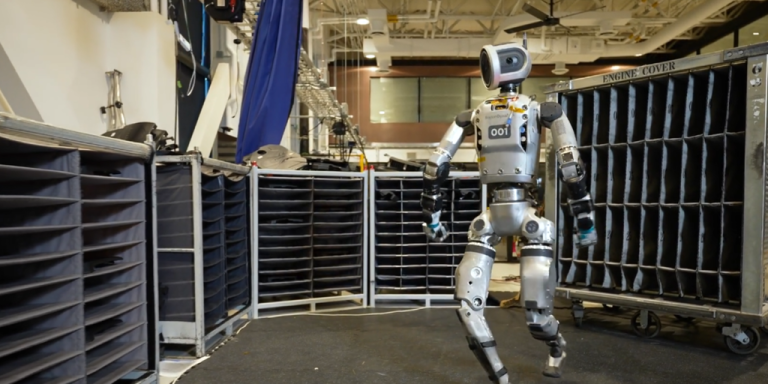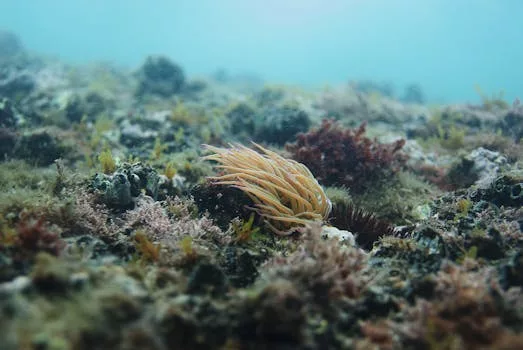
Exploring the Future of Creativity: Virtual Reality Art Installations
Takeaways:
- Virtual reality (VR) art installations merge technology and creativity, offering immersive experiences.
- These installations allow artists to explore new dimensions of expression and engage audiences in unprecedented ways.
- VR art is reshaping traditional art forms and challenging perceptions of reality and space.
As we navigate through the digital age, the intersection of technology and art has become increasingly prominent. One of the most exciting developments in this realm is the rise of virtual reality (VR) art installations. These innovative experiences enable artists to push the boundaries of creativity, allowing viewers to step into entirely new worlds. In this blog post, we will explore the significance of virtual reality in the art world, its impact on artistic expression, and some notable examples that showcase the potential of this medium.
The Significance of Virtual Reality in Art
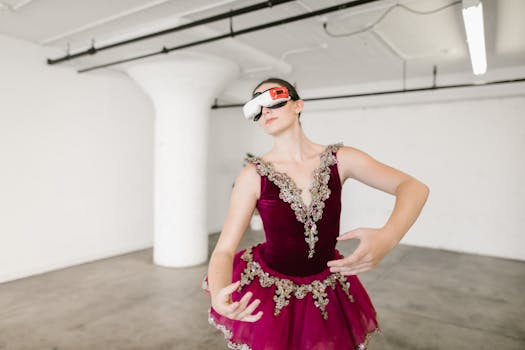
One of the key aspects of VR art is its ability to create a sense of presence. When viewers don a VR headset, they are not merely observing art; they are stepping into it. This immersive experience can evoke feelings of wonder, curiosity, and even introspection. Artists can design environments that reflect their visions, allowing audiences to explore narratives and themes in ways that encourage active participation rather than passive observation.
Challenges and Innovations
While VR art installations offer exciting possibilities, they also present challenges for artists. The technology is still evolving, and creating high-quality VR experiences requires technical skills that many traditional artists may not possess. Additionally, the cost of VR equipment can be a barrier to entry for some artists. However, as technology becomes more accessible and user-friendly, we can expect to see an increase in VR art projects that push creative boundaries.
Another significant challenge is the need for thoughtful design. An effective VR art installation must consider user experience, ensuring that viewers can navigate the environment seamlessly. Artists must balance their creative vision with the practical aspects of VR technology, which can sometimes lead to compromises in artistic expression. Nevertheless, those who rise to this challenge often create groundbreaking works that redefine our understanding of art.
Notable Virtual Reality Art Installations
Several notable VR art installations have emerged in recent years, captivating audiences and critics alike. One standout example is “The Night Cafe” by Tabor Robak, which is inspired by Vincent van Gogh’s famous painting, “The Night Café.” This immersive experience allows users to explore a 3D rendition of the café, interacting with the environment and experiencing the artwork in new and engaging ways.
Another remarkable installation is “Tree” by the artist & designer, Chris Milk. This VR experience invites viewers to explore a digital forest filled with vibrant colors and surreal landscapes. As users navigate through the environment, they encounter various elements that evoke a sense of wonder and tranquility, showcasing the power of VR to create emotional connections with the viewer.
Additionally, the Museum of Other Realities is a dedicated VR art space that hosts various installations from different artists, showcasing the diversity and creativity within the medium. This museum not only promotes VR art but also serves as a platform for artists to experiment and innovate in a collaborative environment.
Conclusion
